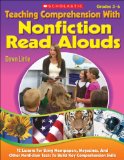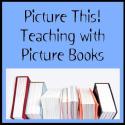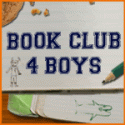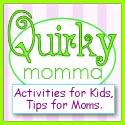Easter is over, but don’t put away those plastic eggs just yet. In the last couple of days leading up to Easter, my kids had a ball hiding and finding eggs around the house. But they weren’t just hiding and finding eggs, they were reading, too!
Several years ago, I found a set of eggs that came with clues (and for the life of me, I cannot remember where I bought them!). When we first used them, my husband and I would hide them and then read the clues when the kids found them. Last year, we lost a few eggs, so we had fun making up our own clues. This year, my son, a fluent reader now, had a great time reading the clues to his sister so they could work together to find the next egg. Each clue leads to the hiding spot of the next egg, until they reach the final egg which has a “Happy Easter” message in it.
As they had fun entertaining themselves hiding and finding eggs, my wheels began turning. How else could we use these eggs throughout the year to encourage reading? Here are a few ideas I came up with:
- Create clues related to your child for his/her birthday. Have the birthday child find the eggs. The clues/eggs could be hidden in spots specifically related to the birthday child. Make it a special day of birth game.
- Create clues related to other celebrated holidays throughout the year (Memorial Day, Fourth of July, etc.) Each clue/egg could give one line of information about the holiday as well as a clue to the next hiding spot.
- Create clues related to a family trip to build excitement and background knowledge about your destination. Each clue/egg could have information about the destination and a clue to the next hiding spot. This could be particularly fun if the destination is a surprise for the child(ren).
- Create clues related to the new grade your child will attend in the fall. Provide information about what your child may expect in his new grade, as well as clues to the next hiding spot. This could help ease anxiety for children as they begin a new school year.
The set that I bought came with 12 eggs. I think that you could probably just set aside 6 eggs to use sporadically throughout the year. If your child is not reading yet, either read the clues to him or her or create picture clues instead.
Just another fun way to sneak in reading through a game and to make the fun of hiding eggs last all year long!
©2010 by Dawn Little for Literacy Toolbox. All Rights Reserved. All Amazon links are affiliate links and may result in my receiving a small commission. This is at no additional cost to you.




















